Glory of Ancient Persia attracts visitors to Beijing museum
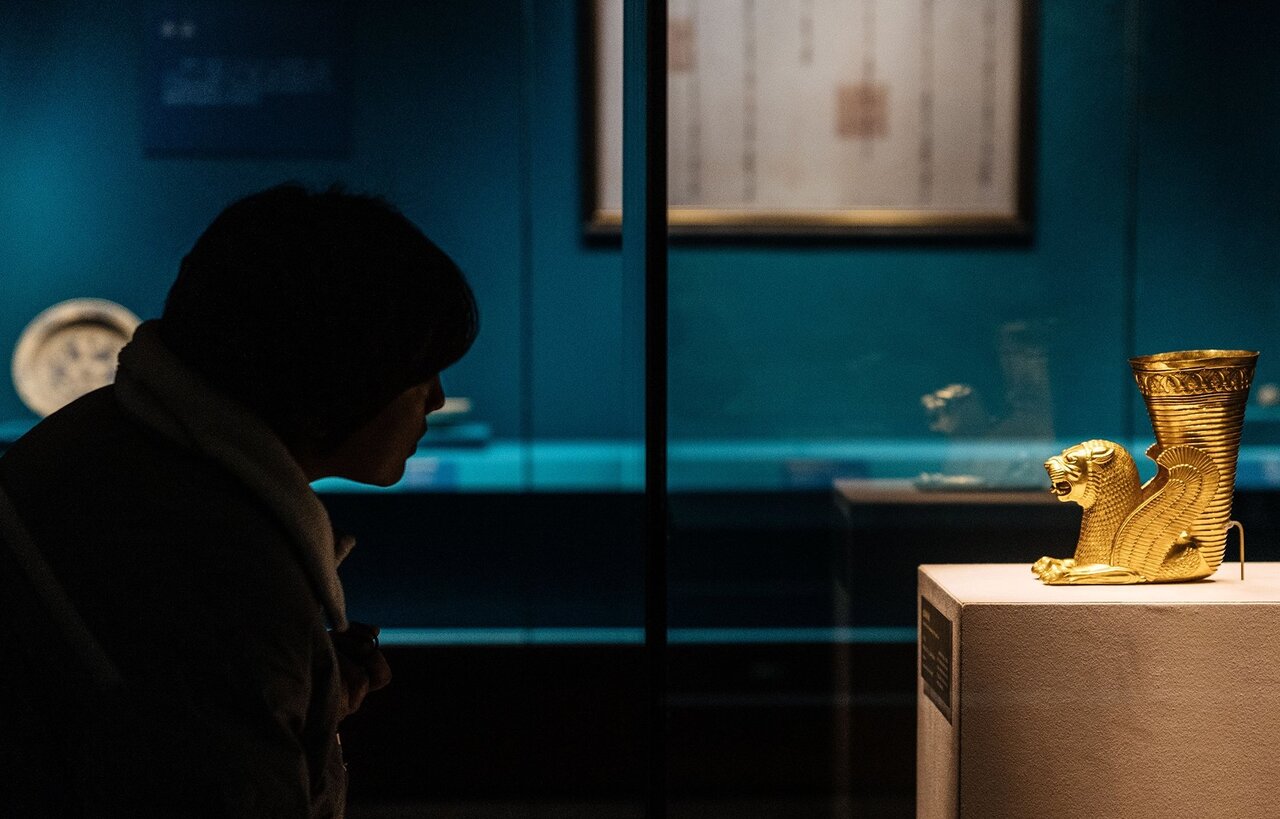
TEHRAN – In a momentous event celebrating cultural exchange, “The Glory of the Ancient Persia” exhibition was inaugurated at the renowned Palace Museum in Beijing.
The opening ceremony, graced by the presence of Ali Darabi, Iran’s deputy minister for cultural heritage, Li Qun, China’s vice minister for culture and accompanying dignitaries, marked a significant cultural milestone.
Running from January 12 to April 11, the loan exhibit features 211 historical artifacts and five meticulously recreated (moulage) objects spanning from the Iron Age to the Safavid period, encompassing over 3,000 years of Iranian culture and art.

Recognizing the impact of such exhibitions on attracting international tourists, this display is a collaborative effort between the National Museum of Iran and the Palace Museum in China.
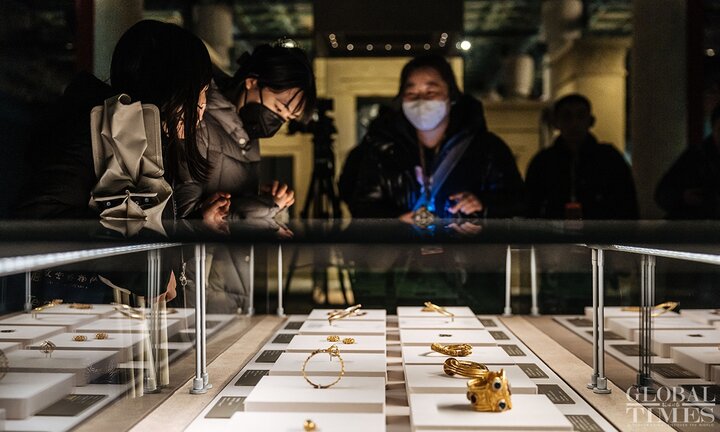
According to organizers, the primary objective of the three-month exhibition is to showcase the rich history and civilization of Iran, encouraging Chinese tourists to explore the beauty and heritage of the country.
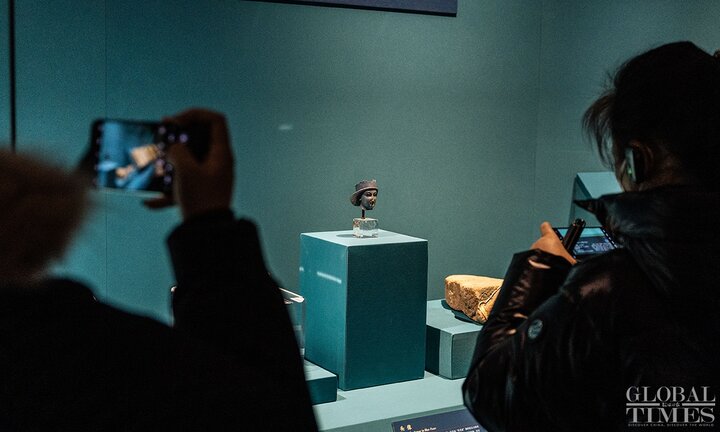
The event promises to be a bridge connecting the vibrant histories of Iran and China, inviting all to appreciate the shared cultural tapestry that unites these two ancient civilizations. Its meticulously selected collection aims to provide a comprehensive view of Iran’s cultural heritage to the general public.

Situated in West Asia, Iran has been a vital center for cultural exchanges between the East and the West owing to its strategic geographical location. The distinctive Iranian art, celebrated for its unique amalgamation of cultural elements from diverse ethnic groups, is a testament to the country’s ability to assimilate various influences and excel in multiple fields.
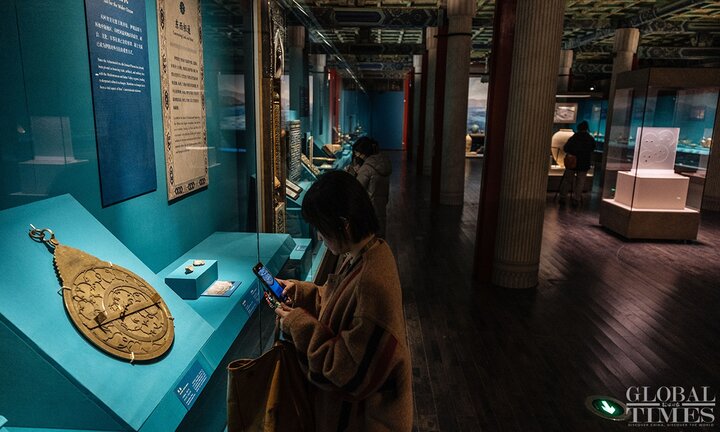
According to available data, some 50,000 travelers from China visited the Islamic Republic during the first seven months of the year (started on March 21).
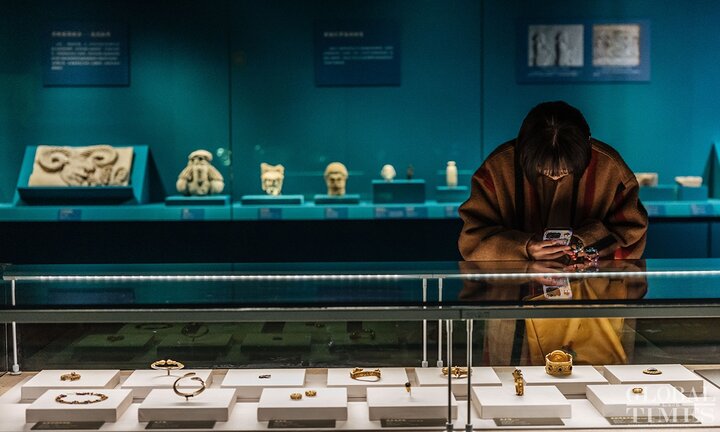
The Islamic Republic in 2019 waived the visa requirement for Chinese nationals willing to visit the country. The decision was made to attract more foreign tourists to the country. However, it was a unilateral measure, because Iranian tourists visiting China still need visas.
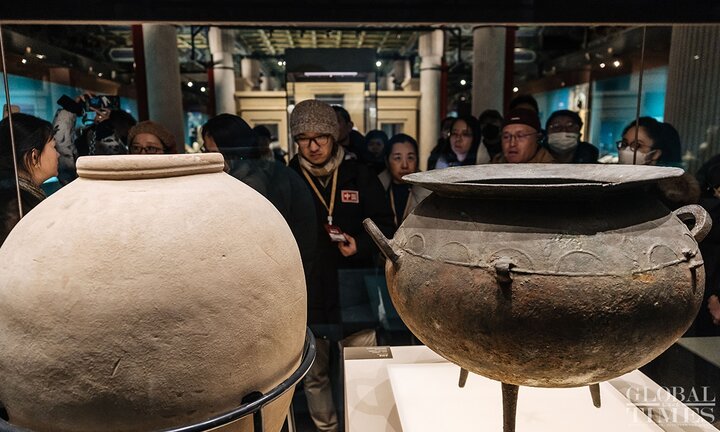
The Palace Museum, also known as the Forbidden City, stands as one of the world’s renowned museums, registered in the UNESCO World Heritage List. Hosting “The Glory of the Ancient Persia” exhibition further solidifies its commitment to fostering cultural dialogue and understanding on a global scale.
AFM
